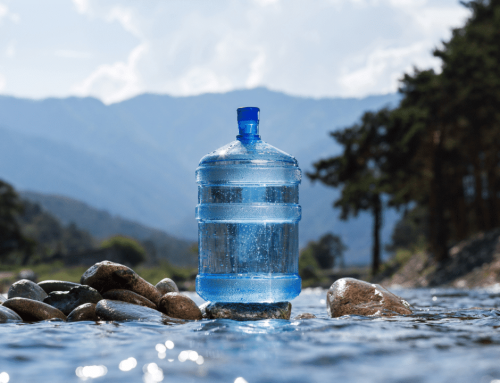The world is experiencing water stress and water shortages in various regions; some of it due to climate change and some of it due to the burgeoning population explosion.
Engineers at the University of California, Riverside have developed a system whereby almost 100% of water can be recovered from highly concentrated salt solutions. This will reduce concerns surrounding high salinity brine disposal, such as hydraulic fracturing waste and also alleviate water shortages in arid regions.
The research, which was led by David Jassby, an Assistant Professor of Chemical and Environmental Engineering in UCR’s Bourns College of Engineering and published in the journal Nature Nanotechnology, involves the development of a carbon nanotube-based heating element that will vastly improve the recovery of fresh water during membrane distillation processes
Reverse osmosis may be the most common method of removing salt from wastewater, seawater, and brackish water, but it is not capable of treating highly concentrated salt solutions. In fact, these brines are generated as waste products in massive amounts during reverse osmosis and as produced water during hydraulic fracturing, and must be disposed of in the right way to avoid environmental damage.
In the case of hydraulic fracturing, produced water is often disposed of in underground injection wells; some studies, however, suggest that this practice may result in an increase in local earthquakes.
A thermal desalination technology called membrane distillation, in which heat drives water vapour across a membrane, allowing further water recovery while the salt stays behind, is one method of treating brine. Hot brines are highly corrosive though, which makes the heat exchangers and other system elements in traditional membrane distillation systems rather expensive.
“In an ideal scenario, thermal desalination would allow the recovery of all the water from brine, leaving behind a tiny amount of a solid, crystalline salt that could be used or disposed of,” Jassby said. “Unfortunately, current membrane distillation processes rely on a constant feed of hot brine over the membrane, which limits water recovery across the membrane to about 6 %.”
The researchers developed the self-heating carbon nanotube-based membrane that only heats the brine at the membrane surface to ameliorate this problem.
Get bottled water dispensers and plumbed water dispensers from Living-Water.






